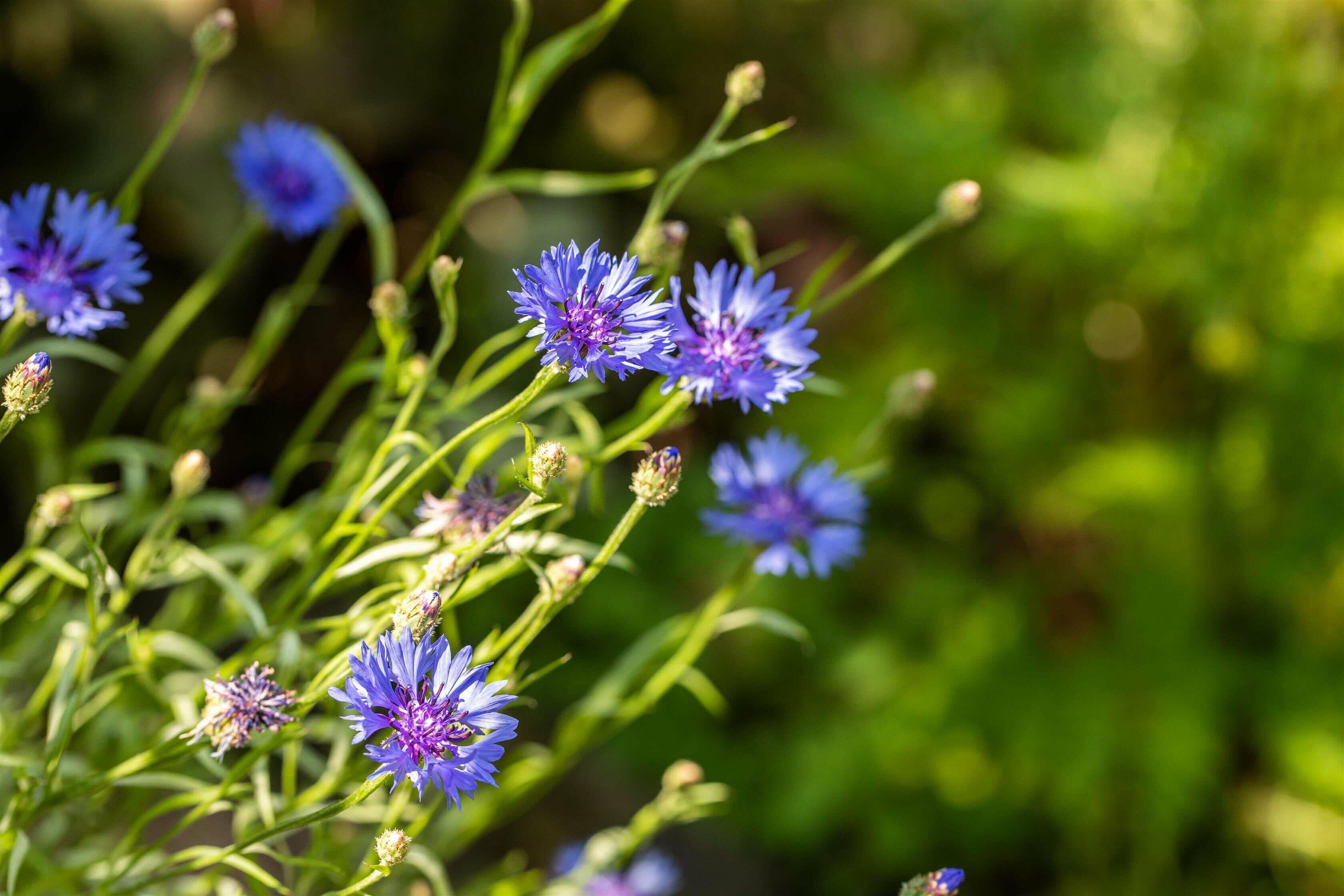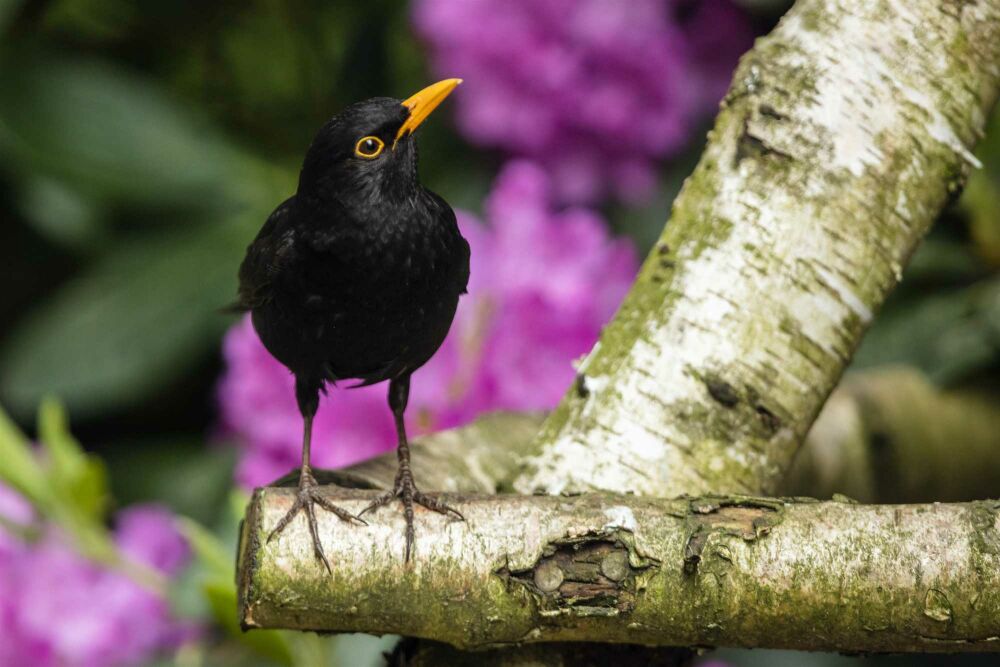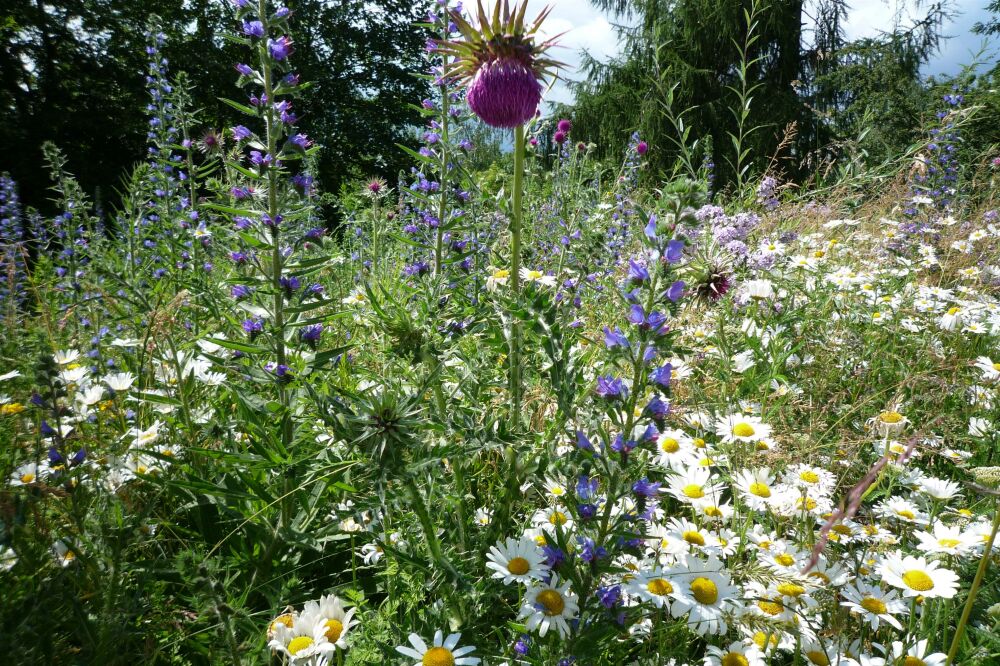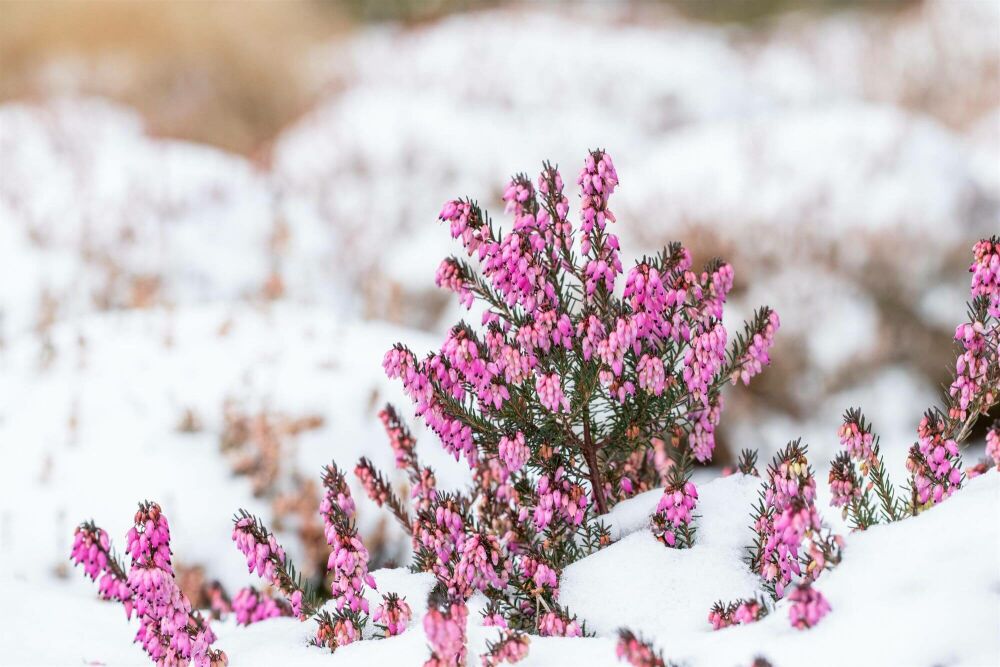Why native plants are essential for a sustainable garden
Choosing the right plants for your garden is more important than ever. In recent years, we have seen a trend for colourful, exotic plants with impressive flowers and long flowering periods. While this makes for a beautiful garden, native plants are actually essential for a healthy, sustainable environment. But what exactly are native plants and why should we include them in our gardens?
What are native plants?
Native plants, also known as heirloom plants, are varieties that grow naturally in a particular area without human influence. These plants have fully adapted to their local environment, such as soil, climate and weather conditions. As a result, they grow better, require less care and are more resistant to local pests.
Including native plants in your garden offers countless benefits. Such plants attract native creatures like birds, butterflies, bees and other insects. These creatures use the plants for shelter or food. But did you know that native plants also require less maintenance? Because they have adapted to their environment, they need less watering, for example. This leaves you more time for other things!
Lend nature a plant!
Native plants play an important role in maintaining certain insect species, such as bees and butterflies. These insects are not only essential for the pollination of plants, but also serve as food sources for other animals. With the disappearance of their natural habitat, populations of these insects are also declining.
A good example is purple loosestrife (Lythrum salicaria), which is important for Melitta nigricans, a bee that depends on purple loosestrife for nectar and pollen. If you include this native plant in your garden, it will be visited by all sorts of insect and other wildlife.
These plants are essential in your garden.
Centaurea cyanus
A perennial plant known to attract many bees, butterflies and other insects. The deciduous plant likes a sunny location and is perfect for use in borders and group planting. In spring, between May and July, Centaurea cyanus, better known as cornflower, blooms with striking blue flowers, bringing vibrance and colour to your garden.
Lythrum salicaria
Looking for an eye-catcher for your garden? Allow us to introduce you to Lythrum salicaria, better known as purple loosestrife. This plant's colourful pink-purple flowers bloom from June to late September and will attract a lot of bees and butterflies to your garden. The hardy plant can be placed in both sun and partial shade. The purple loosestrife is native to Europe, Africa and Asia, making it well adapted to different climates and soil types. This makes the plant not only beautiful, but also very suitable for almost any garden.
Digitalis purpurea
Digitalis purpurea, better known as foxglove, is a hardy plant found in many gardens. This perennial plant is known for its cheerful, pink flowers, giving your garden a striking appearance. The flowers are bell-shaped and roughly the size of a fox paw, hence the name 'foxglove'. The flowers are not only beautiful to look at, but they also provide shelter for bumblebees and other insects. And they emit a pleasant fragrance that attracts even more bees, butterflies and pollinators. More than enough reasons to include this plant in your garden!
Ilex
Of course, the Ilex should not be missing from our list. Holly is a versatile plant best known for its glossy, spiny leaves and striking berries. The white flowers that grow in spring may not be very impressive, but the fruits that follow are a valuable addition to the winter landscape. Birds and other animals love the red berries that appear on the plant in autumn and also like to nest among the leaves. This evergreen plant is suitable for growing a hedge but can also be planted as a stand alone or in a group for classic charm.
What else can you do to encourage biodiversity?
In addition to planting native species, you can increase the biodiversity in your garden even more by including a pond, for example. This will attract frogs, birds and insects. You could also allow part of your garden to grow wild. Do not prune or mow this part of the garden, but leave it to do its own thing. You then offer an excellent hiding and breeding place for wildlife.
Will you lend nature a plant?
You don't have to remodel your entire garden to help nature. By simply adding a few native plants, you can already contribute to healthier biodiversity. This will also save you time and effort as these plants require less maintenance and attention.
By choosing native hedge plants and other local flora, you are lending nature a hand, saving time and effort in maintaining your garden, and creating a healthy habitat for a variety of animals and insects. Whether you are just beginning with gardening or have seasoned green fingers, planting native plants is a step toward a sustainable and thriving garden.



